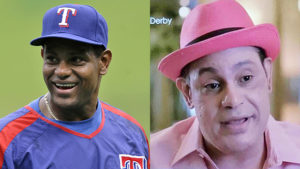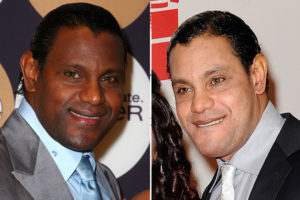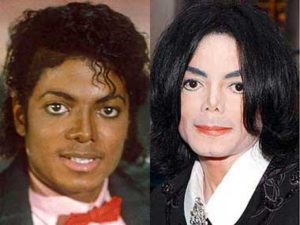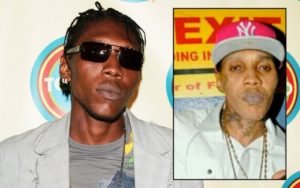By Richard Ray:
We are all either one of two forms of delusional when we look in the mirror. We are either delusional in thinking we look much better than we really do or are delusional in thinking we look much worse than our reality. Within the two types of delusions there are varying levels from GTFOH to within reason. I am fairly sure I am on the low end of both scales. On my most delusional days I never think that I look that good or that bad. I consider myself lucky for that perspective. I can only imagine the difficulty of being on the more extreme end of each spectrum. We all know someone who is nearly laughable for the over confidence they exude in seeing themselves in a light far more positive than anyone else can see. The polar opposite are the people who suffer from body dysmorphia.
According to the Anxiety and Depression Association of America, Body Dysmorphic Disorder (BDD) is characterized by persistent and intrusive preoccupations with an imagined or slight defect in one’s appearance. “People with BDD can dislike any part of their body, although they often find fault with their hair , skin, nose, chest or stomach. In reality, a perceived defect may be only a slight imperfection or nonexistent. But for someone with BDD, the flaw is significant and prominent, often causing severe emotional distress and difficulties in daily functioning.”
Most people are on the low of the extremes when it comes to the two types of delusion in which we see ourselves. Most probably also experience both sides depending on the day and circumstances. We have our good days and bad. However, for the people that experience the extremes, particularly on the lower end, I would imagine it must be torturous to see parts or all of yourself in such a negative light, specially since most of what they see is not shared by what others see or think.
One such example of this is people that hate their dark complexion. Whether this is a psychological disorder like BDD or a more complex form of self loathing or even feeling like there is societal pressure in favoring light or white skin, more and more we are seeing examples of people attempting to whiten or lighten their skin and without judgment I think it is fair to say that the results most often have a more negative impact than intended.
A recent television appearance by former MLB All Star Sammy Sosa caused quite a stir throughout the Internet and social media. Sammy has remained mainly out of the public eye since his retirement from baseball so his changed look was a surprise to most.



As far as I am aware, Sammy Sosa does not suffer from the skin condition vitiligo in which patches of the skin lose their pigmentation and become white with sharp margins. I definitely know he was not born with green or blue eyes and his hair is not naturally straight. He is a Afro-Dominican man, who for most of his life and all of his MLB playing career, was a brown skin person. Now while I am not in the habit of judging men’s looks, I recall Sammy Sosa having more than his fair share of female fans who were attracted to everything other than his home run swing.
You hate to over generalize in these circumstances, specially without knowing all of the facts, but something has clearly gone wrong in Sammy’s lightening process. A once natural looking man now looks like a caricature. I am on no way trying to be cruel or judgmental, but like many cosmetic procedures that appear done to excess, the results look so unnatural as to ask why people do not seem to have the ability to stop changing their appearances when it seems clear to everyone else that the changes are no longer for the better.
Again, without knowing all the facts, its seems clear that the need for the skin whitening is all in Sammy’s head. Something made him decide that the dark brown complexion was no longer okay. When I was younger I would have simply labeled such behavior as self hate. While self loathing of one’s skin complexion or darkness may be the case for many who undergo skin bleaching (though no actual bleach is used in the lightening process), I also know that there may be more benign dermatological reasons , such as trying to even out dark spots, that may be the reason people initially undergo such treatments.
Sammy Sosa of course is not the first time we saw this from a public figure. Michael Jackson, who claimed to suffer from vitiligo, was the first prominent person we saw undergo radical skin whitening treatments. Yet, even if MJ was actually diagnosed with the skin condition, his numerous procedures to change his facial features (most dominantly his nose) and wear straight haired wigs/weaves instead of his natural afro, were more indicative of someone trying to get rid of his external blackness.












